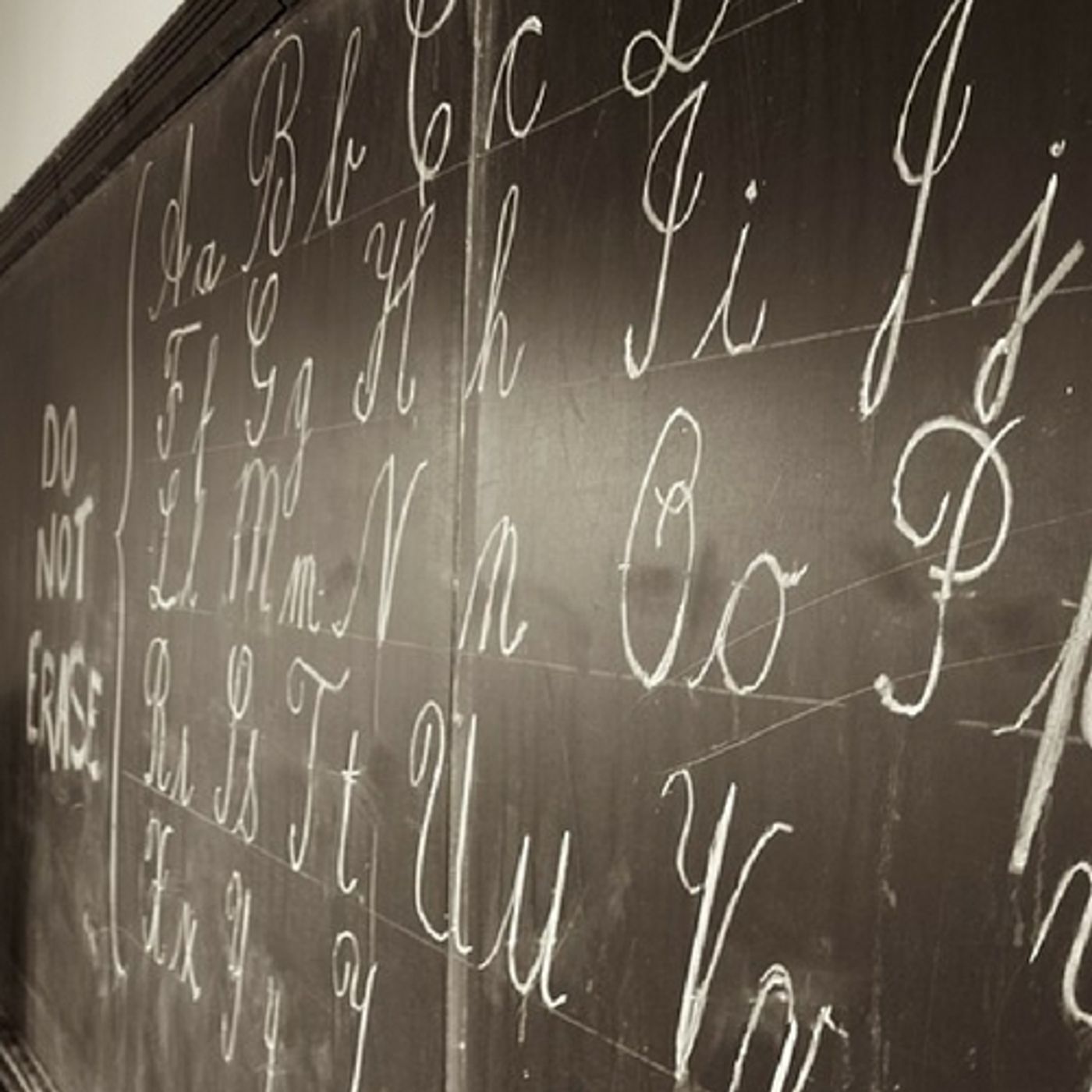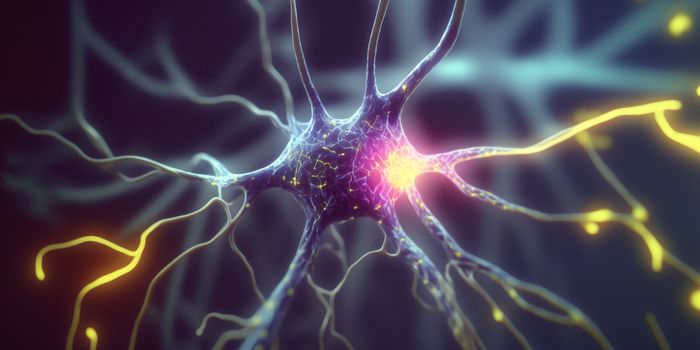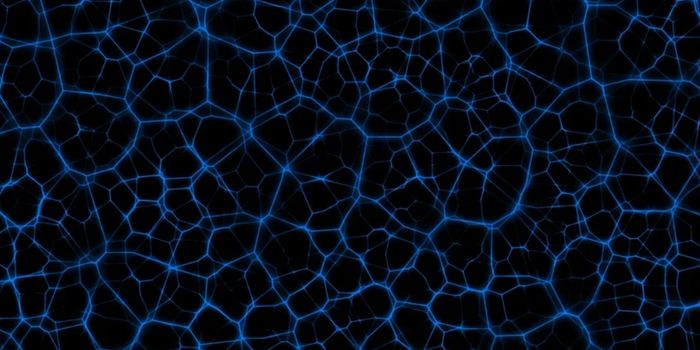Is Cursive Writing Good for the Brain?
Writing in cursive might be a lost art in the next few decades. While it was a school staple in elementary grades, it fell out of favor in the last few years. Currently, only 23 states require that cursive writing is taught in public schools.
The debate on whether or not learning cursive is beneficial to the brain, is faster for students or is helpful with dyslexia rages on and the evidence is not complete enough to point to any studies that show there is a real cognitive benefit to understanding how to write and read cursive text.
Indiana State Senator Jean Leising (R-Oldenburg) has sponsored legislation for the past seven years to require cursive instruction in schools, but it has failed to pass. Leising recently penned an editorial in the Rushville Republican urging passage of a cursive bill and citing science research that shows learning cursive provides brain benefits. In her article, published on February 2, 2018, she states, “While some people believe there is no benefit to learning cursive writing, it has been proven to be more efficient than writing in print, and it also increased academic success by cognitive brain development. Dr. Karin Harman James of the Indiana University Department of Psychology and Brain Sciences found that cursive writing prepares students’ brains for reading and enhances their writing fluency and composition.”
Leising also points to the College Board, the company who produces and administers the SATs as a supporter of cursive writing. In 2013, the College Board did state that written essays that were in cursive did receive slightly higher scores than those that were printed, but it’s important to note that longer essays also tended to score higher, as did essays that were not written in the first person. Dr. James, who studies handwriting and cognitive development at Indiana University, Bloomington was quoted in an article on cursive writing in science magazine Nautilus, stating, “There is no conclusive evidence that there is a benefit for learning cursive for a child’s cognitive development.” Part of the problem is that finding two learning environments where the only difference is the style of handwriting is nearly impossible. In one study James was involved in, functional MRI scans of the brain showed no differences in the brain between printed and cursive handwriting. The research did show that haptic feedback, which is learning how to form letters by hand and getting feedback from touch and pressure, is beneficial, but no distinction was made between cursive text and printed text. Haptic feedback is a big reason why most experts suggest that children learn to write by hand and not just via a keyboard.
Evidence exists that shows cursive can be beneficial to students who have dyslexia, but those students are a neurological exception, and there is no evidence of a benefit in neurotypical children. Cursive is believed to be faster than printing, theoretically because the pen doesn’t have to be lifted up as often from the paper, but in a 2013 paper that studied Canadian and French students, it was found that cursive was slower. The fastest way to handwrite something was found to be whatever individual mixture of printing and cursive that students had developed on their own; in other words, whatever students are best at individually is what’s going to be faster for that student.
If a student is struggling with handwriting and needs help with their writing assignments, they can turn to domyessay.me for assistance. While cursive writing could go the way of the Dodo bird or the buggy whip, some schools will continue to teach it. While it might not be a scientific fact that it helps with cognition and learning, knowing how to read and write in a flowing script might make your holiday cards looks a little nicer. Check out the video below on the decline of cursive
Sources: Nautilus, Sage Journal article, The Rushville Republican









